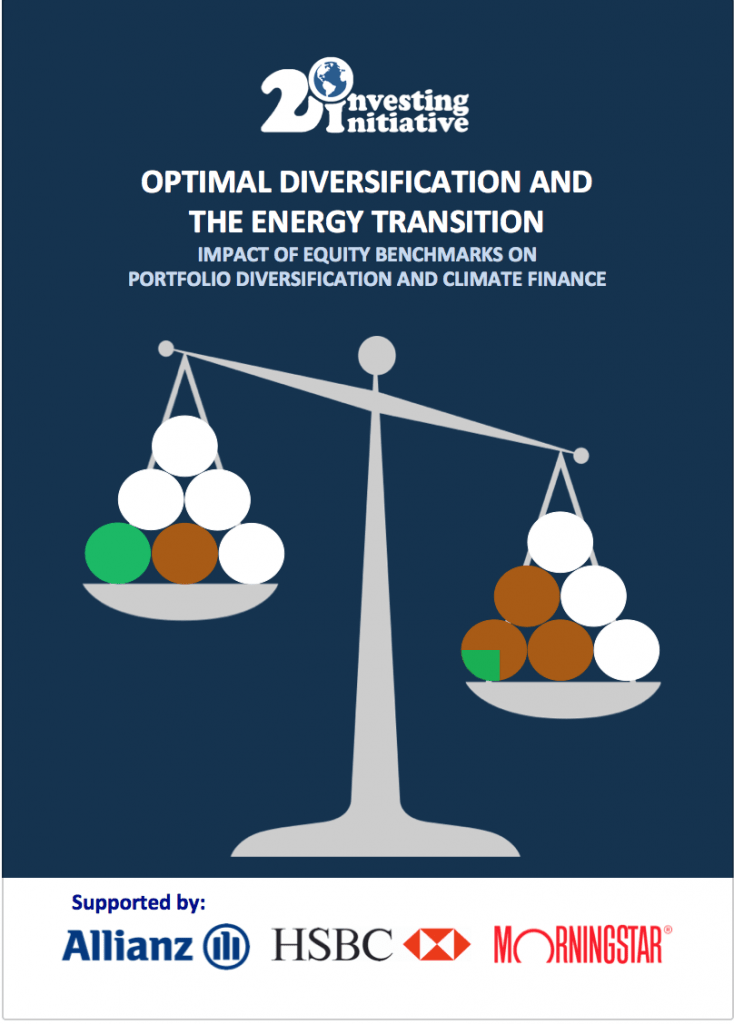These indices need to serve two functions. First, ensure proper alignment with the current market. Second, in the context of a changing economy and the transition to a low-carbon economy, inform the investor on the alignment of the portfolio with market and policy road-maps. Optimal diversification in the context of the transition to a low-carbon economy thus does not just imply managing the exposure to the current market diversification, but the ‘bet’ on the trajectory of this diversification. To date, every index contains this bet ‘implicitly’. Managing energy technology diversification ensures this ‘implicit’ bet is aligned with investors’ expectations.


